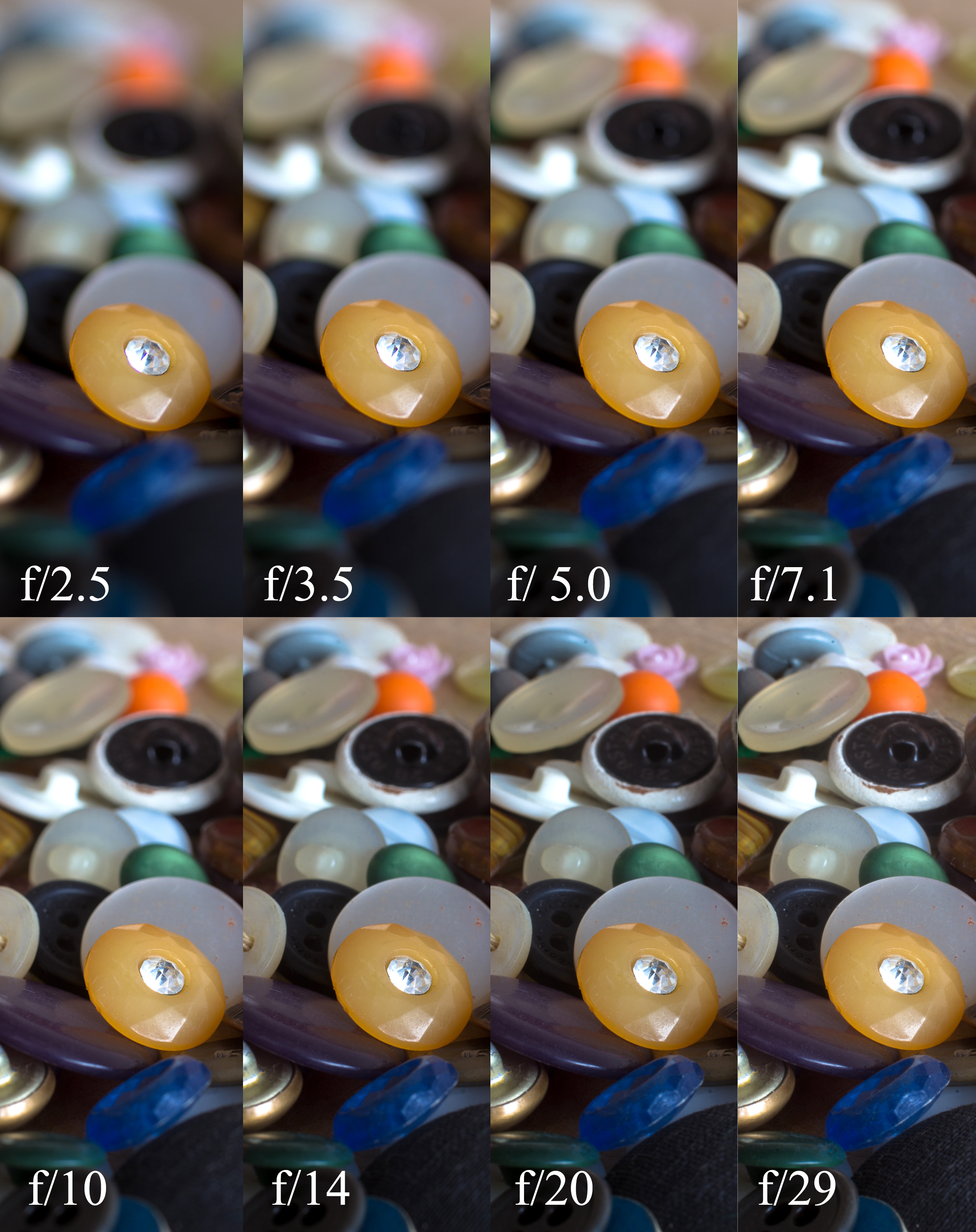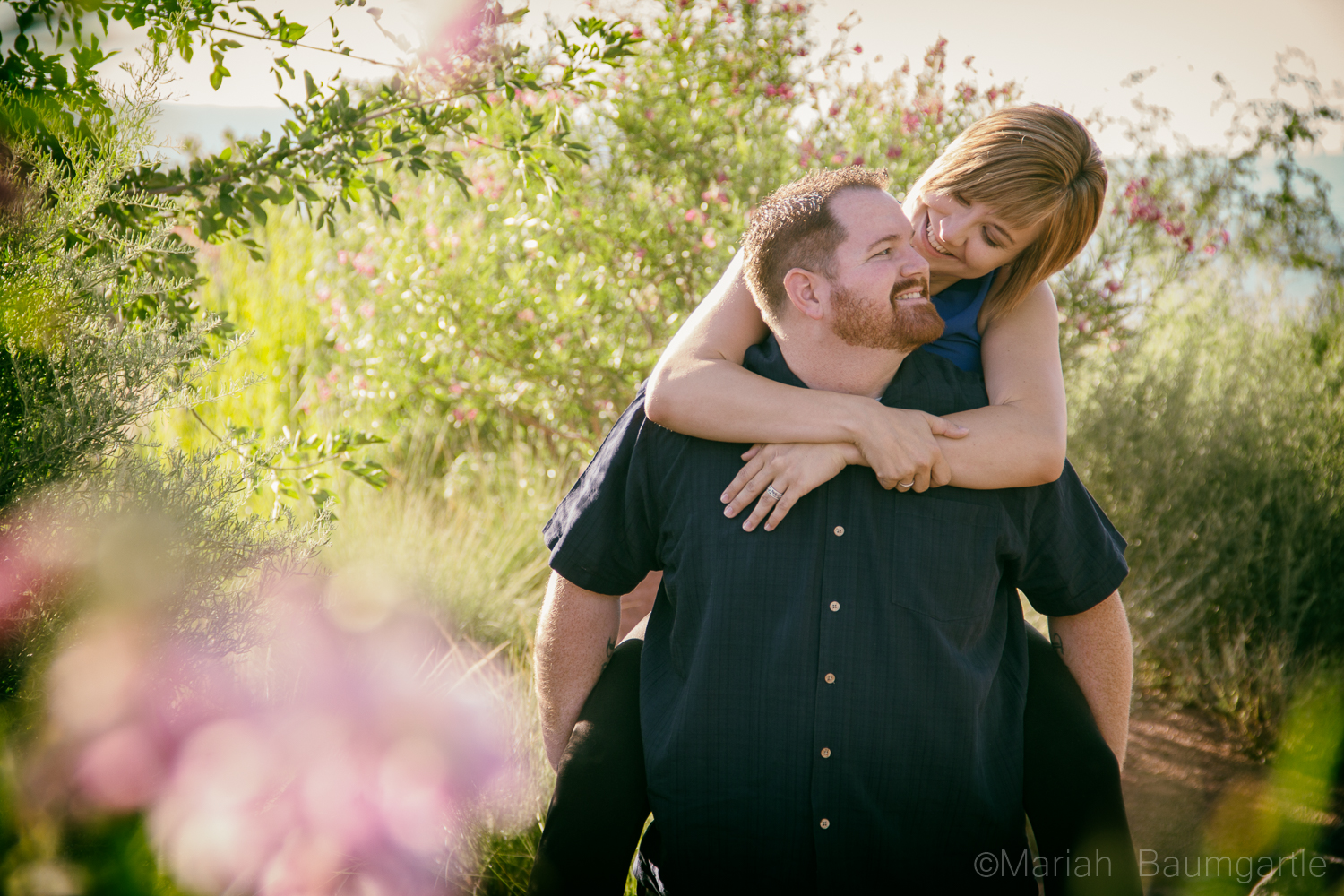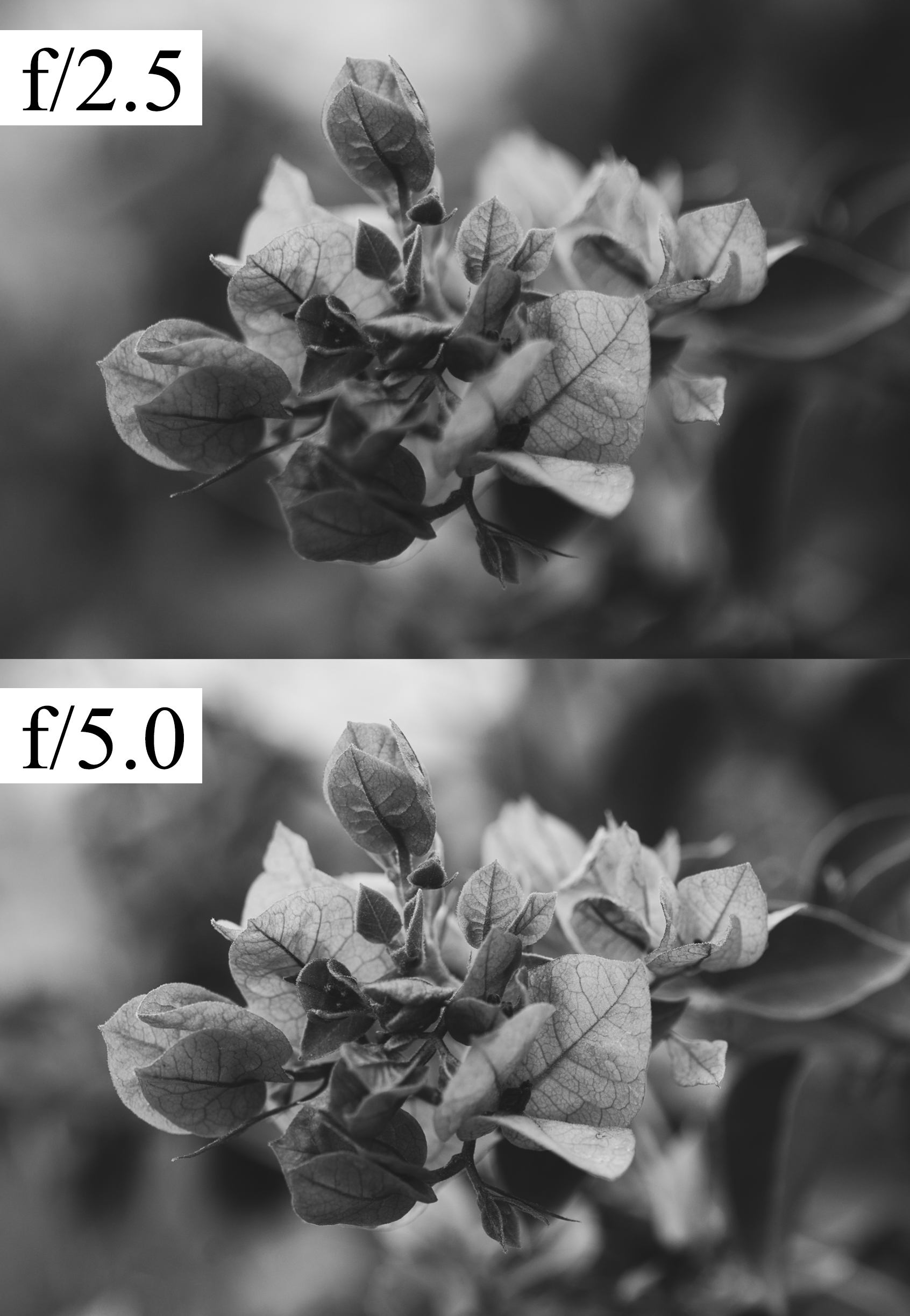Depth of field (DOF) is a crucial concept in photography on a technique and artistic scale. Since photography is a two-dimensional art form, depth of field gives us the ability to feel as though we are stepping into an image. Your depth of field is also known as your focus range. The “field” is the subject you are photographing, and the depth is the distance between the nearest and furthest objects that are sharp and in focus.
You might often hear of a “shallow” or “deep” depth of field. A shallow DOF has less focus around your main subject, and a deep depth of field shows more focus around your main subject. The aperture easily controls the depth of field. Aperture is made up of f-numbers (f/5.0, f/16, f/22) and is also known as f-stops. The higher the f-stop number, the deeper your depth of field will be and the smaller the f-stop number is, the more shallow your depth of field will be. Aperture also has an effect on your exposure. The numbers represent the lens opening diameter size, and that will also determine how much light passes into the camera. The range starts at a larger diameter size and works down. The smaller the f-stop, the larger the diameter of the lens opening, this also adds more light. The larger the f-stop, the smaller the diameter and the less light will pass through.
The easiest exercise to demonstrate aperture and how it affects your depth of field is to set your camera on a tripod and find a subject that shows a foreground, middle ground, and background. A tripod is not only important in this because you want to have a continuous shot but because your shutter speed is going to start slowing down to compensate for the light as your DOF goes up. Set your camera to AV which is aperture priority. This will let you change the aperture how you please and lets the camera choose the shutter speed and ISO for your best lighting.

You can also change your depth of field based on your camera lens; this can get a little more tricky. The more you zoom, the more depth you will receive because it is also compressing your image and you will have more of a focus on your field rather than use a wide-angle lens. Using a wide-angle lens is great if you want a deeper depth of field and more in focus. The higher the focal length, the shallower your depth of field will be because it is compressing your image.
How to DOF in your photography
Shallow depth of field is very common in portrait photography, wildlife photography, sports photography, and detail shots. Portraits are best with a shallow depth of field because it blocks out any distractions which can also apply to wildlife photography. Another good reason to use a low aperture is that it will add more light in. This will give you the ability to use a faster shutter speed to catch candid moments and a great tool to have for fast sports photography.

A deeper depth of field is common when photographing a landscape and architecture. When shooting a landscape, you will want to have your foreground, middle ground, and background crisp and in focus. The higher your aperture is, the slower your shutter speed will be to get a correct exposure so always be prepared with a tripod while shooting landscapes in lower light to avoid any camera shake.

Depth of field can give you as much or as little texture that you are looking for in an image as well; this comes in handy while shooting macro photography. You can see in this example just how much the background texture changes from 2.5 to 5.0.

You can also use shallow depth of field when learning and working with bokeh, a popular style in fine art photography.
Depth of field is only one piece of the exposure triangle but, as you can see, it offers a lot of tools to make your photography stand out.





